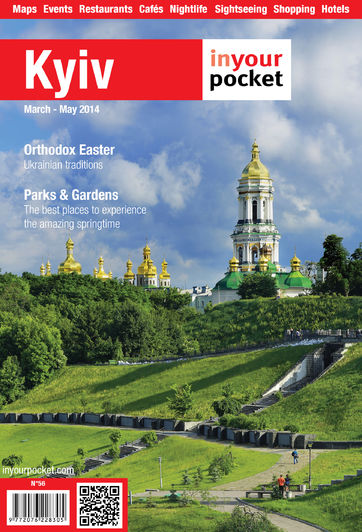Kyivo-Pecherska Lavra
First about the name: In Ukrainian ’pechera’ means ’cave’, while ’Lavra’ is an Orthodox term given to its largest monastery. Founded in 1051 by monks Antony and Feodosiy, Lavra was called to spread the newly-adopted Christian religion throughout Kyivan Rus. Monks worshipped, lived and were buried in caves, where a cool and humid atmosphere enabled their bodies to mummify naturally. This "miracle" further enhanced the monastery’s reputation. The monks’ bodies have been almost perfectly preserved to this day. You can see for yourself by descending into the caves with a candle to lead the way. Of particular interest are those monks so humble that they only allowed their feet to be exposed. Women are required to wear scarves, which are provided if you don’t have your own. English tours can be arranged at the ticket kiosk or with nice old ladies inside the entrance.
Lavra became a leading religious and cultural focal point of Eastern Europe in the 12th century. Studios for icon painting and the creation of mosaics served many Kyiv churches, and a scriptorium oversaw the translation of foreign literature into Slavic. The influential Slavic history “The Chronicle of Bygone Years” was written here by the historian Nestor. Other notable features include the burial site of Yuri Dolgorukiy (founder of Moscow) inside the Church of the Saviour of Berestovo; and the 18th century bell tower, the highest in all of Ukraine at 96m.
Following years of Communist rule, the government has recently returned many buildings to the Orthodox Church. The monastery now operates as the Kyiv Theological Seminary and Academy. There are also many museums on the territory, the best of which are listed below.
Website
www.kplavra.kiev.uaMetro
Arsenal’naOpen
Open 09:00 - 18:00.



Comments